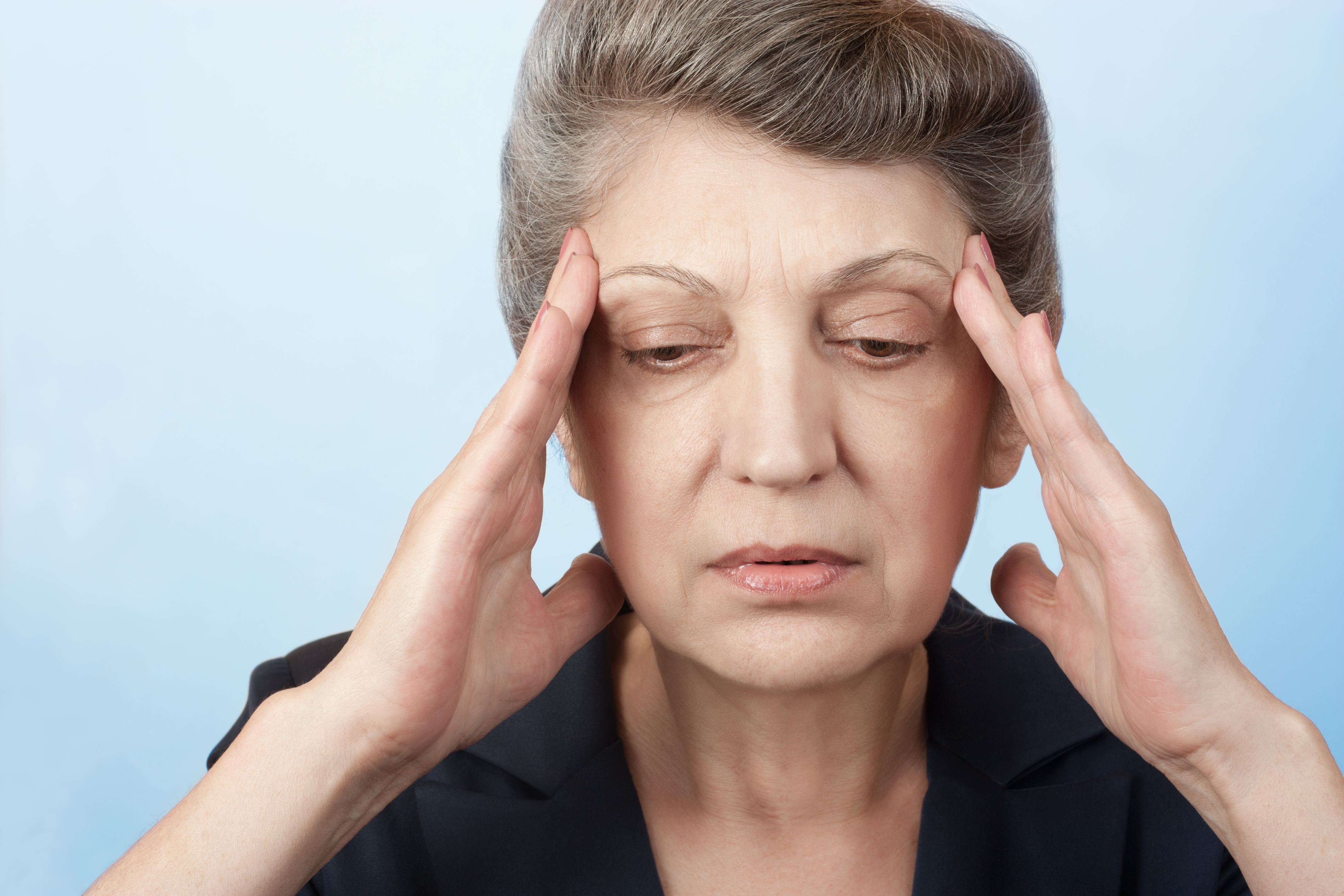Respiratory Splinting: The Answer to Post-thoracotomy Pain
It is said that pain after a thoracotomy is among the most severe post-surgery pains--and it's likely that your patients would agree. You know just how much of an obstacle to healing pain can be, bringing obstacles and possible complications, but luckily, there are answers. With respiratory splinting, managing post-thoracotomy pain is easier than ever.










